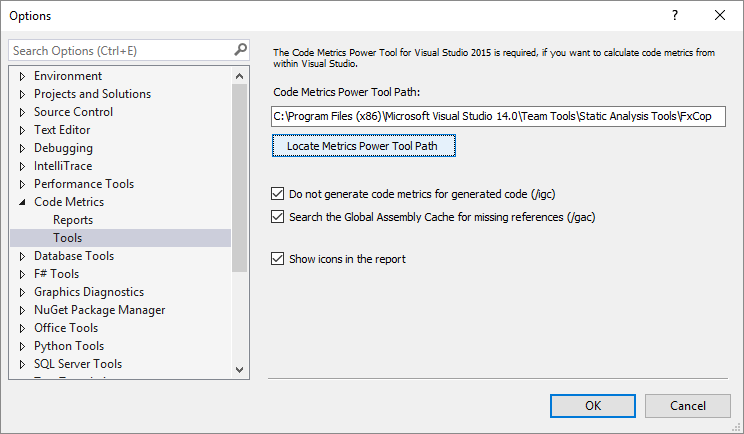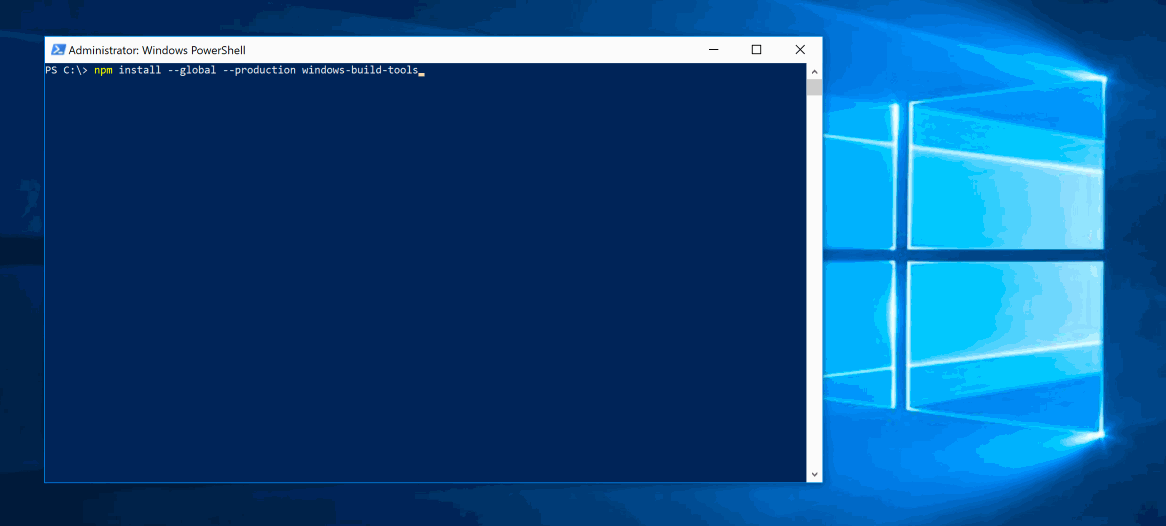
- Python tools for visual studio 2015 running code code#
- Python tools for visual studio 2015 running code windows#
Python tools for visual studio 2015 running code code#
We can also use some non-standard interfaces with recent CPython versions to provide mixed native/Python debugging, letting you move between C/C++ and Python code as easily as pressing Step In.
Python tools for visual studio 2015 running code windows#
So you don’t need a special version of Python to get it, and your code can run on Windows or any other platform. The best part is that this debugging is implemented using standard Python interfaces. In contrast, Visual Studio overlays the debugging interface directly on your code in the editor, so you can see your breakpoints, current statement, and call stack in the same context.Ĭustomizable Watch windows and floating expressions automatically update, so you can keep track of values without having to repeatedly ask for them, and it’s easy to jump up the call stack and review the variables that lead to the current state. For exampleĪlthough this kind of debugging is tolerable for very small projects, it can be very disorientating to step through code in this way, and becomes very inefficient for projects of any significant complexity. Python developers traditionally spent a lot of their time at a terminal or command prompt, switching back and forth from their editor, and so early command-line debugging tools developed around this workflow. Similar to IntelliSense, interactive debugging in Python is a fairly recent development.

Unlike many other languages, Python code does not need you to specify types everywhere.

Python developers have not been so lucky, having to be content with only minimal code suggestions and basic syntax highlighting. Visual Studio has always had great IntelliSense for all of its languages, so if you’ve been coding in C# or VB for the last fifteen years you aren’t even impressed anymore. I know, we talk about IntelliSense all the time. In this post I want to talk about some of the reasons to consider using Visual Studio next time you are working in Python. You can find all the details and some video walkthroughs, documentation, and other resources on, and the post announcing Python Tools 2.1 and Python Tools 2.2 beta. Python Tools for Visual Studio (PTVS) are available to help throughout Visual Studio in all the places you’d expect, from editing and IntelliSense, to debugging, profiling, and publishing to Azure. Recently, Visual Studio 2015 was released with support for Python.


 0 kommentar(er)
0 kommentar(er)
